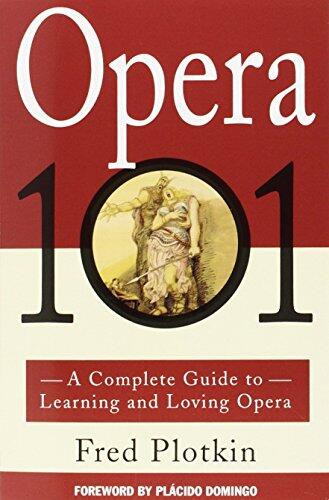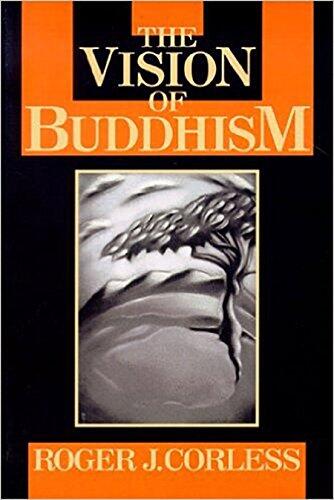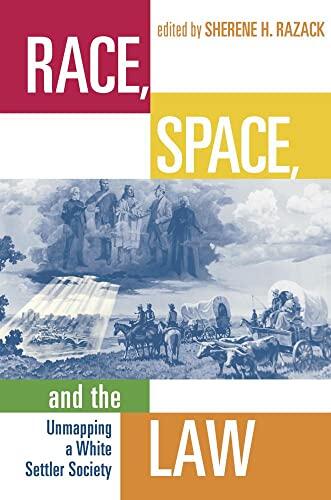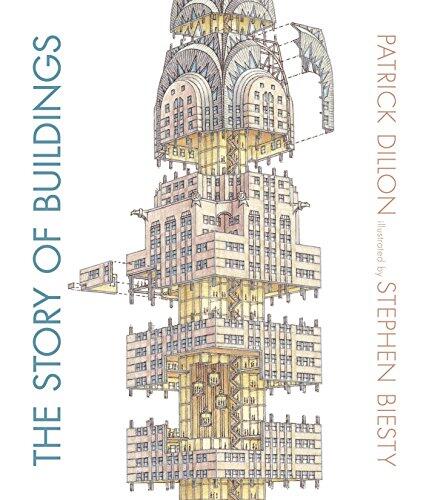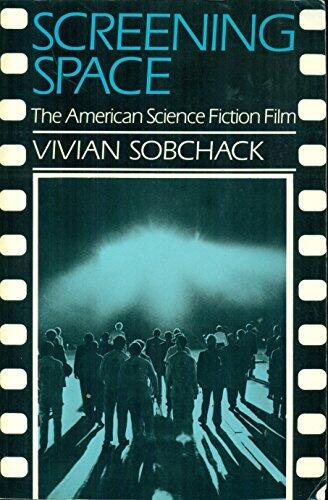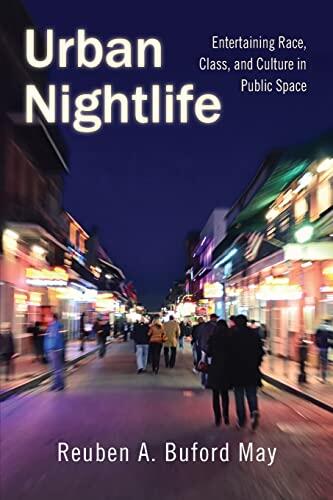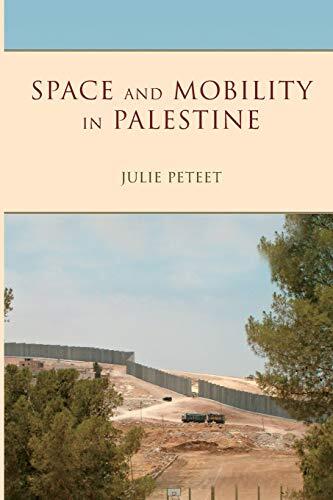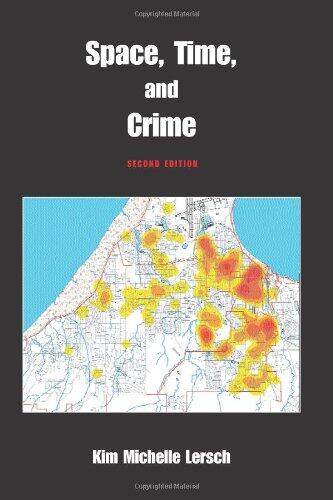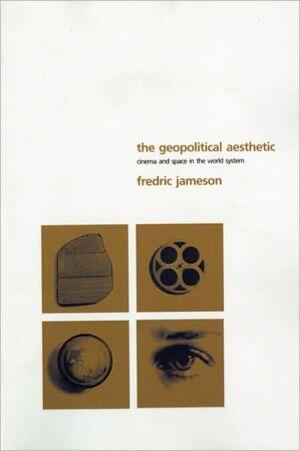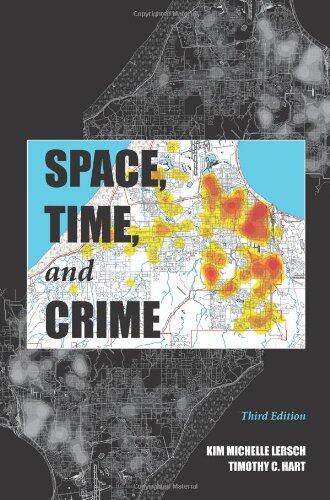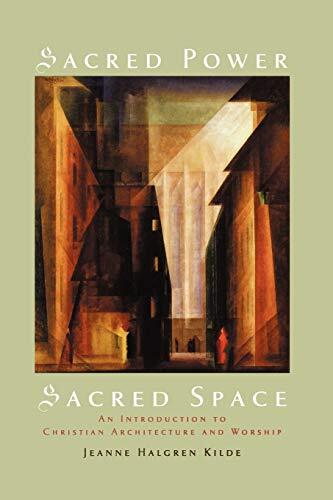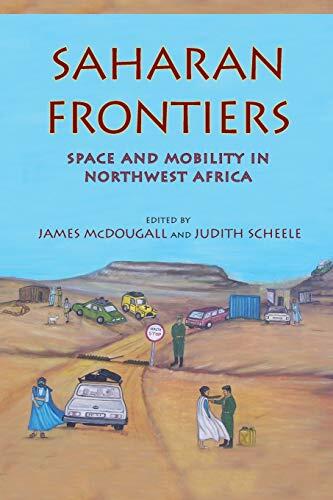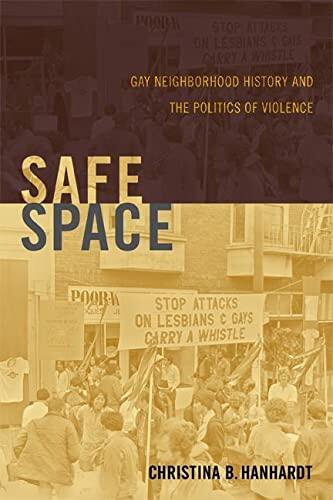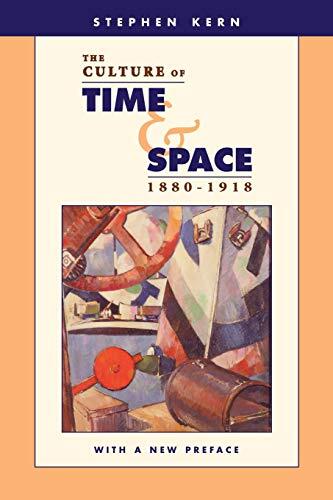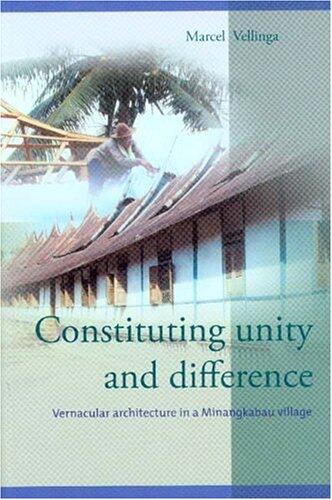
Constituting Unity and Difference: Vernacular Architecture in a Minangkabau Village
由
Marcel Vellinga
还没有评分
History
格式
平装书
页数
352
语言
英语
已发布
Jan 1, 2004
出版商
Kitlv Press
版本
Illustrated
ISBN-10
9067182303
ISBN-13
9789067182300
描述
Marcel Vellinga explores the intricate relationship between unity and diversity in vernacular architecture within a Minangkabau village. The work, an evolution of his doctoral thesis from Leiden University, delves deep into the cultural significance of building practices that reflect the unique identity and values of the Minangkabau people. Through a meticulous analysis of architectural styles, materials, and community interactions, Vellinga uncovers how these structures serve as both physical and symbolic expressions of local traditions.
The book highlights the interplay between the environment and social structures, illustrating how architecture is not merely functional but also a vital contributor to community cohesion. Vellinga’s research offers readers a window into how vernacular homes and public spaces encapsulate the complex narrative of a society deeply rooted in matrilineal principles and communal living.
Richly illustrated and supported by a comprehensive bibliography, this work stands as a significant contribution to the understanding of regional architecture and cultural identity. It appeals not only to scholars of architecture and anthropology but also to anyone interested in the ways we construct our living spaces in relation to our cultural heritage.
The book highlights the interplay between the environment and social structures, illustrating how architecture is not merely functional but also a vital contributor to community cohesion. Vellinga’s research offers readers a window into how vernacular homes and public spaces encapsulate the complex narrative of a society deeply rooted in matrilineal principles and communal living.
Richly illustrated and supported by a comprehensive bibliography, this work stands as a significant contribution to the understanding of regional architecture and cultural identity. It appeals not only to scholars of architecture and anthropology but also to anyone interested in the ways we construct our living spaces in relation to our cultural heritage.
